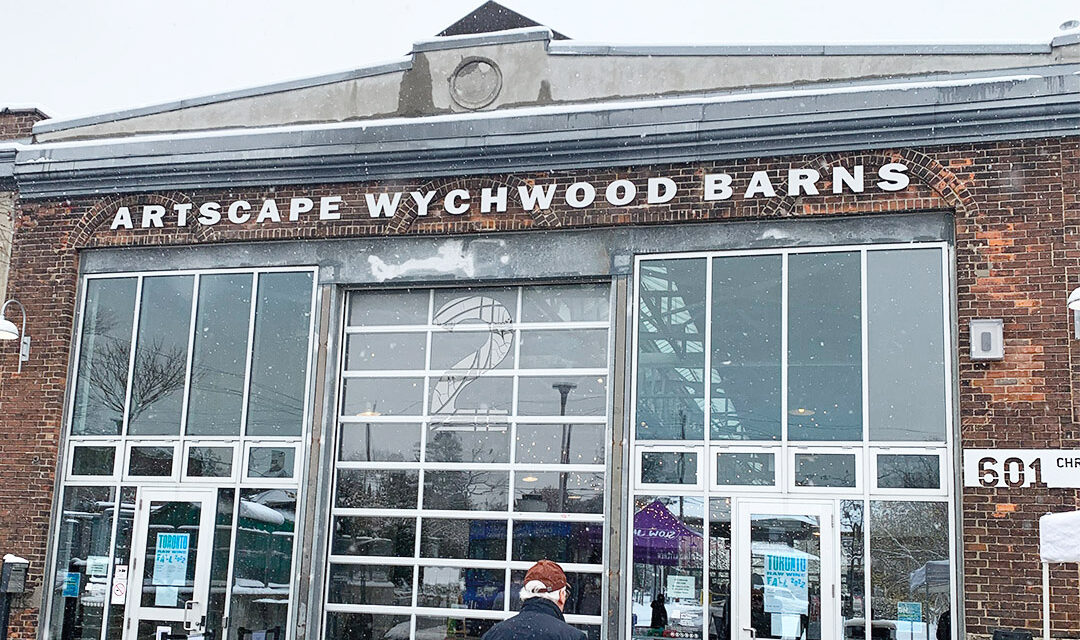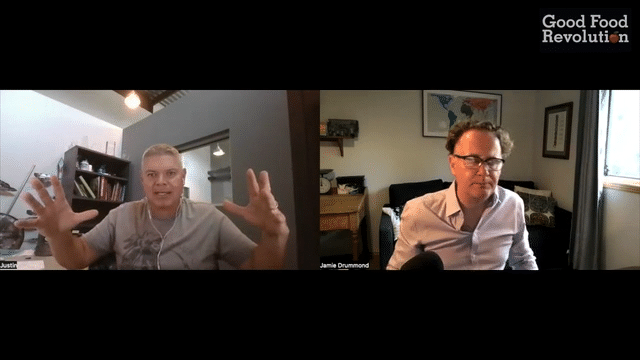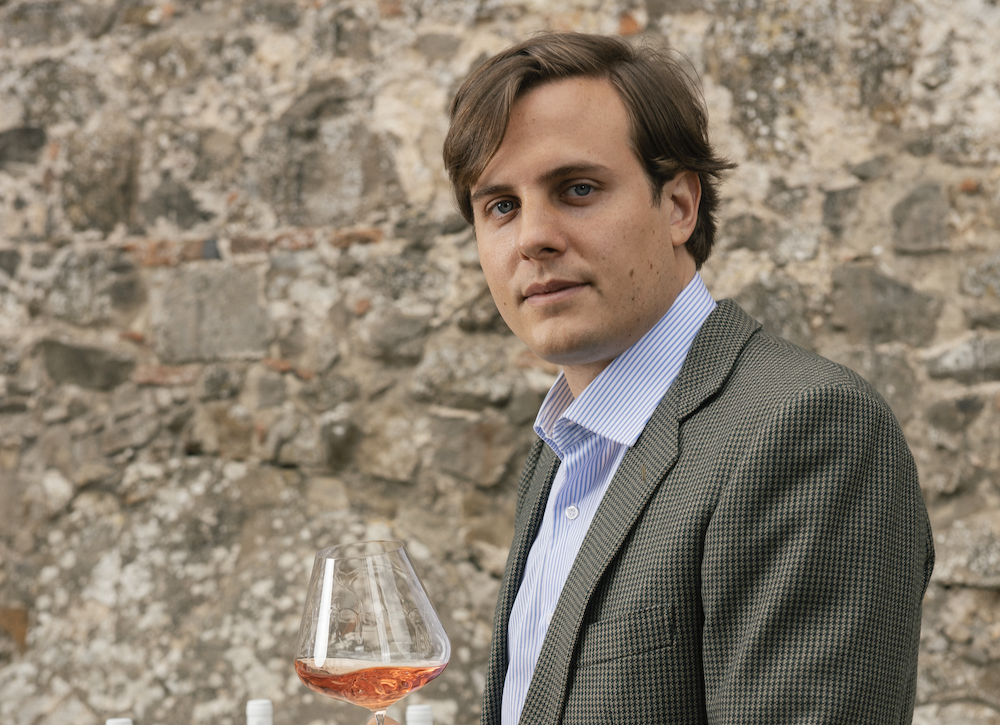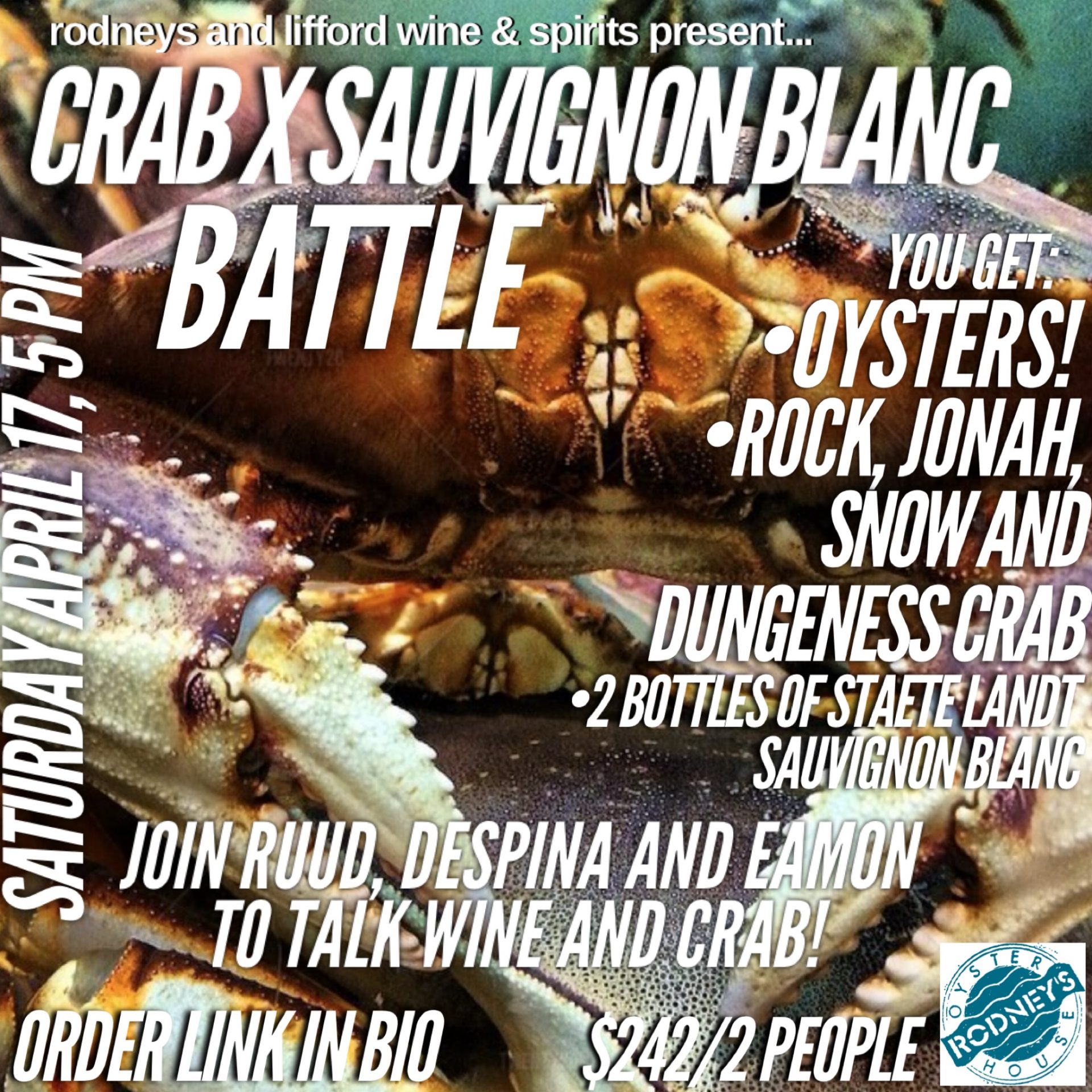The Inaugural RAW Toronto
On 16 Nov 2022, the long-anticipated RAW Wine festival held its Toronto debut with over 70 wine growers at Artscape Wychwood Barns.
Standing near the registration table was Master of Wine Isabelle Legeron, founder of RAW Wine. She was taking a bite out of a warm pizza slice as I approached her, beaming at how well the event had turned out. Hundreds of media, trade, and consumers gathered under one roof, starry-eyed, to meet their favourite producers and make new discoveries.
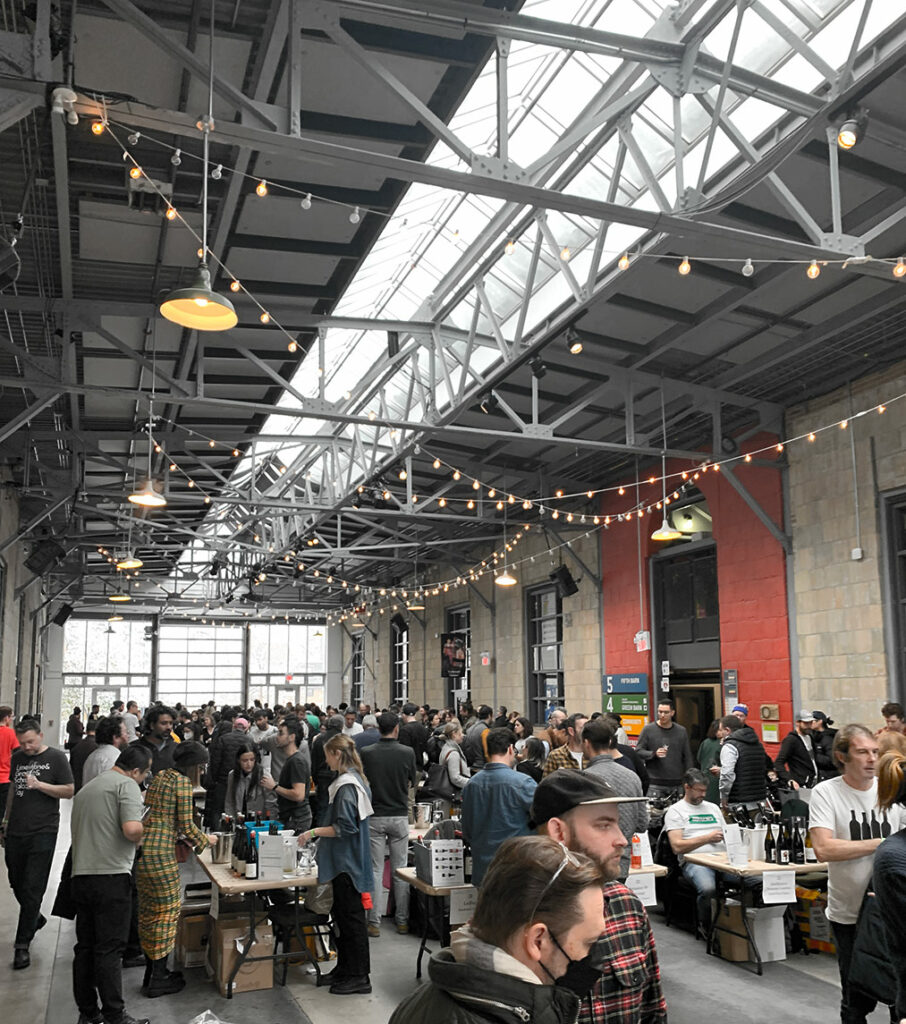
RAW Wine Toronto at 11am
Later I learned that she did not think Canada needed a RAW Wine Fair until Mark Cuff from The Living Vine convinced her of Ontario’s promising natural wine scene.
Not all heroes wear capes. Chapeau, Mark!
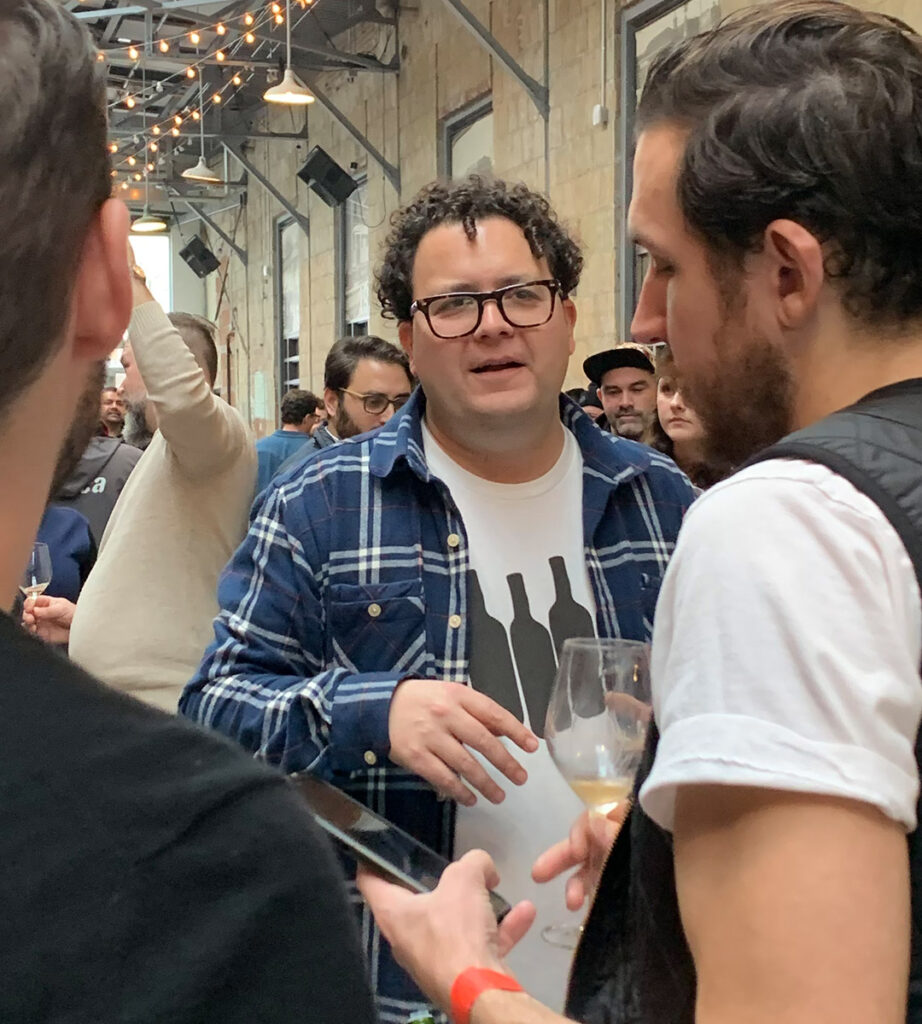
Mark Cuff from The Living Vine presenting the wines from Meinklang (Austria)
Before we dive into all things RAW, you may be wondering… what is natural wine?
Isabelle shared her approach on this topic. To explain natural wine, first we would need to talk briefly about conventional wines.
Grapes that are used to make conventional wines are farmed without considering the wellbeing of the vineyard ecosystem. Throughout the conventional winemaking process, it is not uncommon to involve dozens of additives.
On the contrary, natural wine is a living wine made from 100% grape juice with as little intervention as possible.
“Natural wines come from a living vineyard, with an ecosystem and plenty of micro-biological life in the soil. There is a connection between the vine, the roots, and the soil around it. They communicate and translate the terroir into the wine,” explained Isabelle. “When you make the wine, you want to respect the living. A conventional wine that has been sterile filtered, with tons of sulfites added and brought down to a very cool temperature simply has no life.”
“There is a connection between the vine, the roots, and the soil around it. They communicate and translate the terroir into the wine.”
It was an honour to have Isabelle Legeron sharing her time and insights on a wine category that has grown from ultra-niche, to a trending category gaining mainstream appeal.
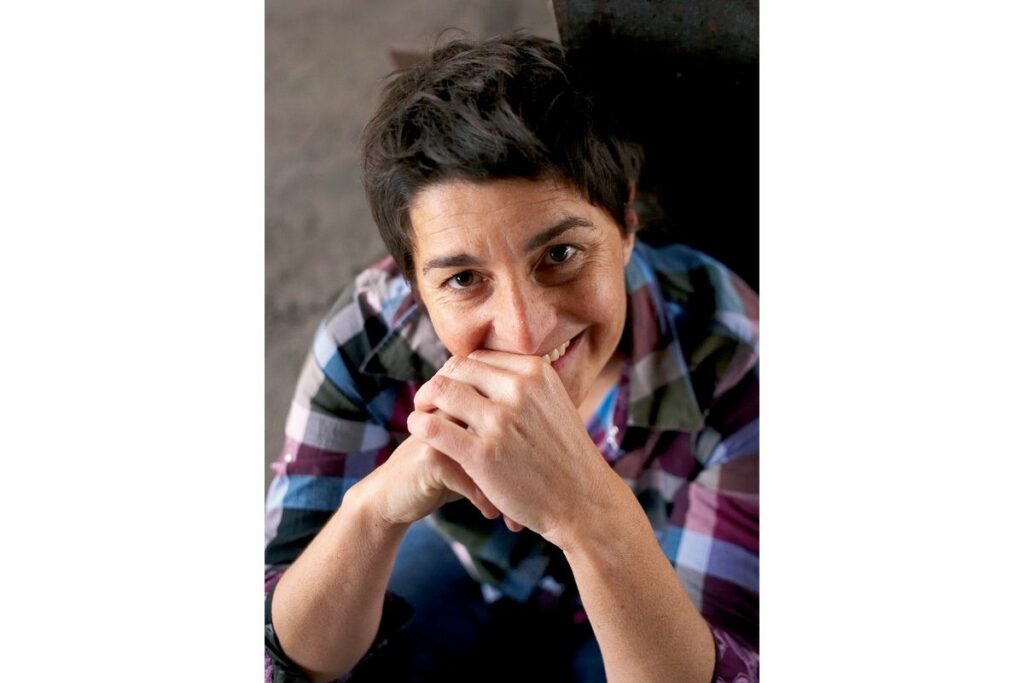
Isabelle Legeron MW, Founder of RAW Wine | Photo courtesy of RAW Wine
“I don’t think you can recognize [the evolution],” she said. “19 years ago, there was simply no natural wine scene.”
Indeed, the first wine fairs Isabelle organized attracted only most devoted natural wines distributors, importers, and sommeliers. However, as the market evolved and consumers started demanding natural wines, her events slowly attracted more trade members who – finally – decided to consider natural wines for their portfolios.
From a growers perspective, things have evolved as well. Driven by demand, more growers have been selling out their stock and putting wines on allocation.
“12 years ago, if you were a young producer in the Languedoc or the Roussillon starting out and making natural wines, it would be very hard to find a market,” she added. “Now, if you make good wines with good communications, and if you’re on Instagram and have nice labels, you will find a market. It is a different scene now, it is unrecognizable.”
“It is a different scene now, it is unrecognizable.”
Packaging and labels
Speaking of labels, it is safe to say that natural wine producers are responsible for some of the most creative graphic labels in the market. What better way to communicate the wine by capturing the consumers’ imaginations? Yet, there have been discussions around label designs that have gone too far.
“I am completely against labels that showcase female parts, or are very sexists,” shared Legeron, who apparently requested a supplier to change their labels before approving them for RAW.
“I am completely against labels that showcase female parts, or are very sexist.”
Conversations around packaging materials have also developed throughout the years. Indeed, the visual appeal of many natural wines – bright-coloured liquid enclosed in transparent bottles – has attracted a new segment of consumers. Yet, very few consumers know that clear glass cannot be made from recycled glass. Fortunately, more producers are considering to replace transparent bottles with alternatives such as coloured glass bottles – not brown, blue, or green, – but in bright pink, orange, or even in funky cloudy colours.
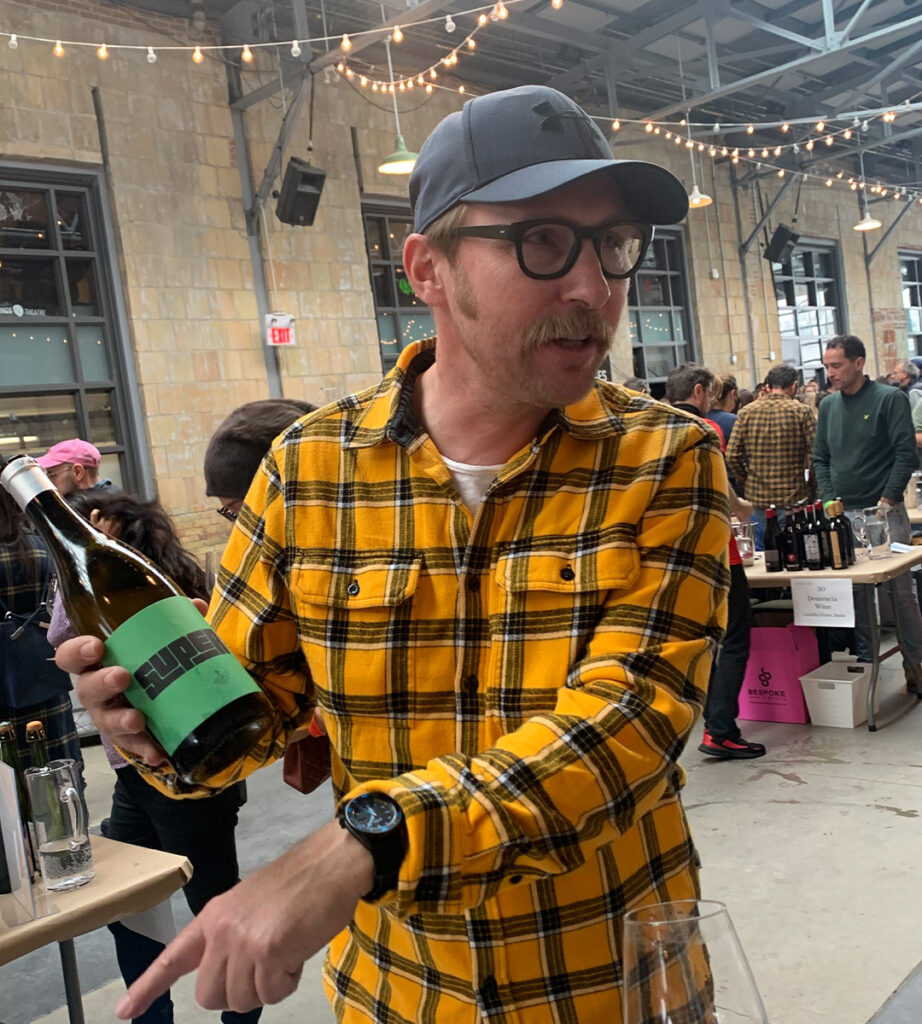
Leo Uibel from Austria’s Weinhof Uibel in action at RAW Toronto, with a trendy wine bottle in his hand.
“If [the product] looks beautiful, it would sell. It is a bit of a shame, because we need to put the focus back on farming, which is the most important thing,” Isabelle said.
Natural Wine Trends
The future of natural wines is looking bright. When I asked Isabelle which are the natural wine regions we should look out for in the next few years, Isabelle suggested paying attention to new growers coming out of Germany. “They have a very strict vision as to what wine is. Suddenly, you have all these new generation who decided to not follow their parents approach. For me, this is very exciting.”
The natural wine scene in Czech Republic and Slovakia also has an upheaval, and in the best way possible. For decades, the communist regime had confiscated vinelands. Not only had they lost their land, they had lost their ways of making wine. Now, as they have their lands returned to them, growers are rediscovering the heritage, and there is a wealth of wines out there ready to be explored.
“Suddenly, you have all these new generation who decided to not follow their parents approach. For me, this is very exciting.”
An unexpected region to watch for is Greece, a contemporary breeding ground for natural wines. “Greece is immensely diverse, but we haven’t really seen a lot of Greek natural wines, right? There is a Muscat that is grown on a volcanic island and made from very old vines, but they don’t press hard, so you don’t really get intense muscat-y notes. It is beautiful.”
After our meeting concluded, I went back to the exhibit with new insights, perspectives, and carried on with tasting wines from over 40 producers with a focus on France and Italy. Below are some of the standouts:
Champagne Lelarge-Pugeot, Champagne, France
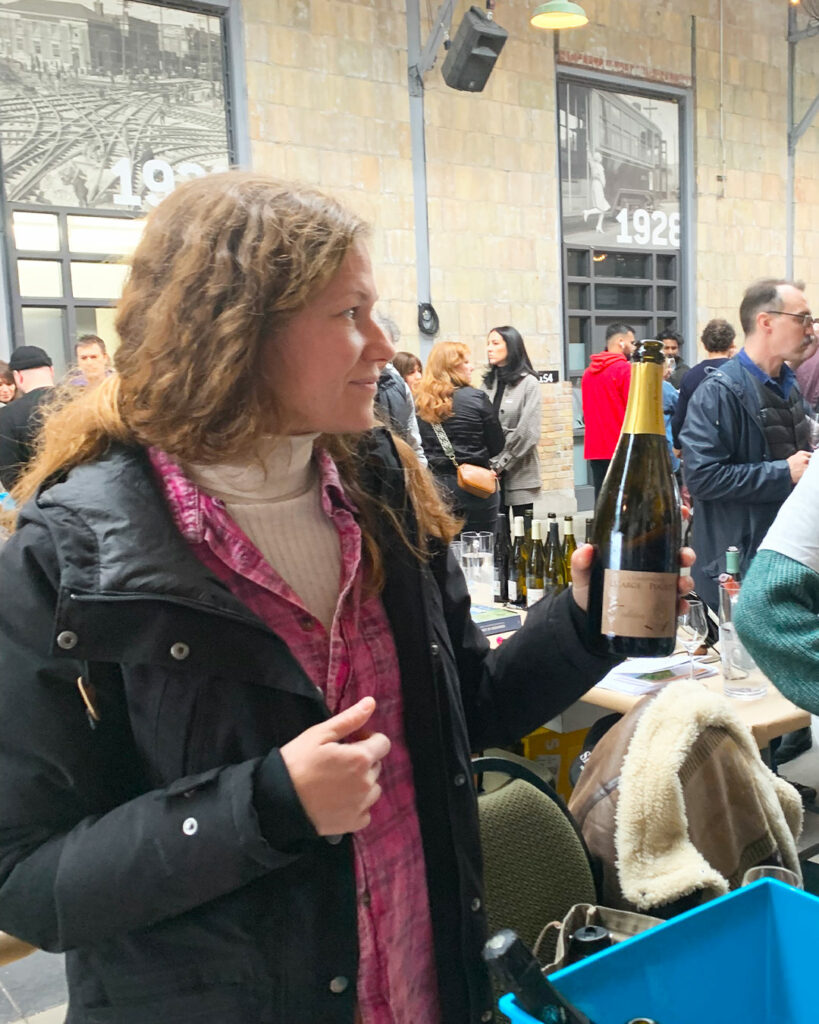
Clemence Lelarge from Champagne Lelarge-Pugeot.
Excuses to taste Champagne are always welcome, let alone from a grower like Lelarge-Pugeot. Champagne Lelarge-Pugeot is a premier cru, certified organic and certified biodynamic grower in Vrigny, France since 1789. All the grapes are dry-farmed and harvested manually. In 1985, Dominique Lelarge took over the family business and decided to go towards a more sustainable farming approach after realizing the danger of pesticide to nature and mankind.
At RAW, Clemence Lelarge presented four cuvees, Tradition NV, Blanc de blanc 2015, Les Meuniers de Clémence 2014, and the Rosé Extra-Brut 2013, all were outstanding. The star of the line up was the Rosé Extra-Brut made from 100% pinot noir hand-harvested from 40-year-old vines, boasting great fruit weight of strawberries and sweet spice, with unmatched purity, minerality, and freshness.
In addition to sparkling wines, they also produce four still wines that were not shown at the fair, but certainly something for Champagne enthusiasts to seek out for.
La Sœur Cadette, Burgundy, France
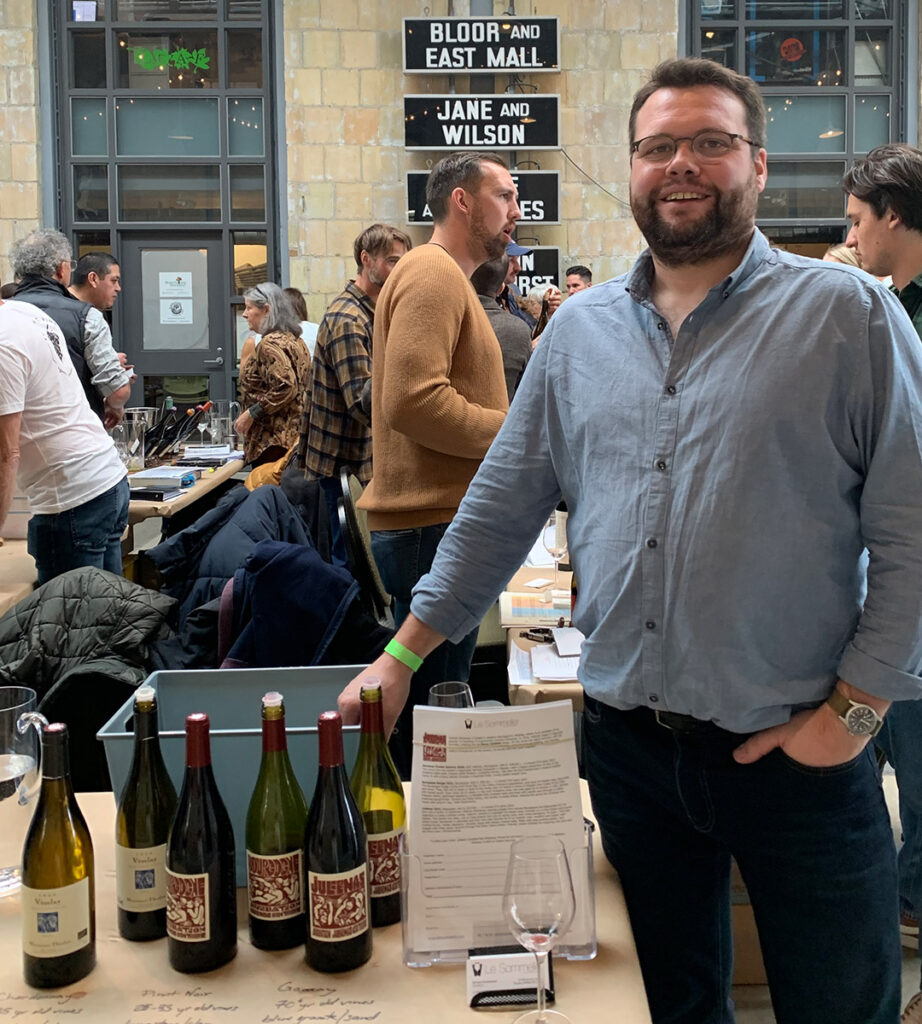
Winemaker Valentin Montanet from Vezelay’s La Sœur Cadette, represented by Le Sommelier.
La Sœur Cadette is based in Burgundy’s Vezelay just a little south of Chablis. There, Winemaker Valentin Montanet produces wines from both owned vineyards and purchased grapes from different growers.
Though Vézelay is a geographic extension of Chablis, the soils there are not Kimmerdigian soils, but a mosaic of different clays and shallow limestone, with sites that enjoy great sun exposure, lending a balance between generous fruit and deep mineral structure. His most renowned wine, the 2020 Vézelay (an appellation that earned AOC status in 1997), was harvested from the domaine’s organically farmed vineyards in St Père, Tharoiseau and Vézelay.
Since 2016, they have started purchasing grapes from some other like-minded growers to expand their production, and the 2021 Bourgogne Rouge and 2021 Julienas were great examples. Regardless where his wines come from, one thing remains constant, and it is to compose wines that represents not only climate, soil, topography, grape varieties, but also of microbial life.
Domaine Grosbois, Middle Loire, France
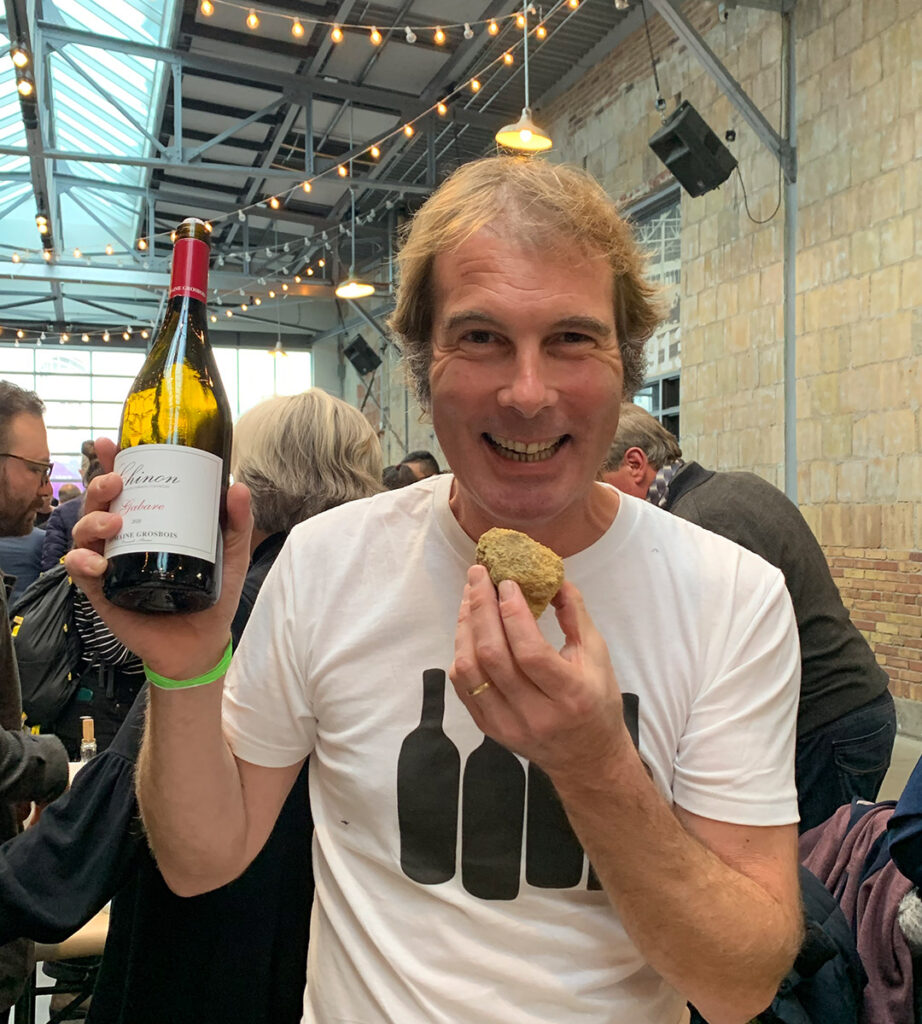
Nicolas Grosbois from Chinon’s Domaine Grosbois holding the very delicious ‘Gabare’ Chinon. New in market, available through The Living Vine.
The natural wine scene in France’s Loire Valley is probably amongst some of the most progressive. Domaine Grosbois is located “The Pressoir” Panzoult in Chinon with 9 hectares of vines spread over 13 different plots, all farmed organically, with a focus on Cabernet Franc. Winemaker Nicolas Grosbois adapted his vineyards to the surroundings and expressed the diverse terroir through his many faces of Cabernet Franc.
His 2021 Extra Ball and the 2021 Litron comes from gravelly soil of low hills that gives fruity wines. Extra Ball is a fresh and simple still red enclosed in a crown cap. “Happiness in a bottle,” he said, and indeed. Whereas the 2021 Litron is one litre of everyday delight made also of Cabernet Franc. “When the wine used to be in 750ml, we would finish the bottle and then want just a splash more,” he explained. Well, it didn’t take long for them to decide 1L bottles would be the answer.
The argilo-siliceous soils on top of the hill produce more structured wines, and this is where his 2020 Chinon ‘Gabare’ and 2020 Chinon ‘Montet’ come from.
Gabare is a blend of all 12 of his Chinon plots, which are terroirs that were selected back in the 15th Century. It was fermented separately in different tanks, including concrete. The resulting wines were pure, fresh, and with great tension.
The ‘Montet’ was like a big brother of the Gabare, with fruits harvested chalky soils in a vineyard must 4km east of the winery. Its muscular fruit weight held up to oak aging, and resulted in a powerful wine that was truly special.
Domaine le Fay d’Homme, Pays Nantais (Lower Loire), France
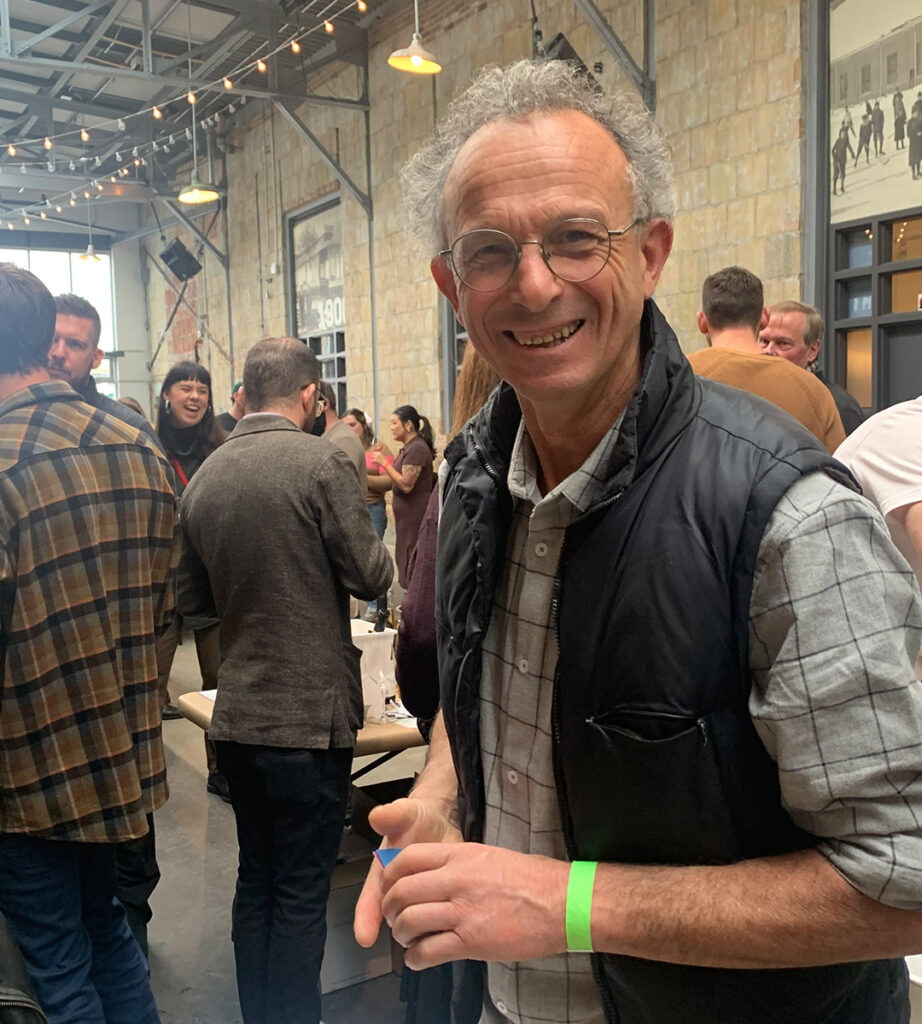
The legendary Vincent Caille from Domaine le Fay d’Homme. A moment worth fangirling for.
Heading downstream along the Loire Valley there is the legendary Vincent Caillé of Domaine le Fay d’Homme. In additional to his emblematic Muscadet made of Melon de Bourgogne, he also grows four red grape varieties. The 2021 Côt (also known as Malbec) was present and unlike most Malbecs, his Côt was bright, round, a little salty and reminiscent of fresh blackcurrent juice. A delight.
Domaine Frederic Brouca, Languedoc, France
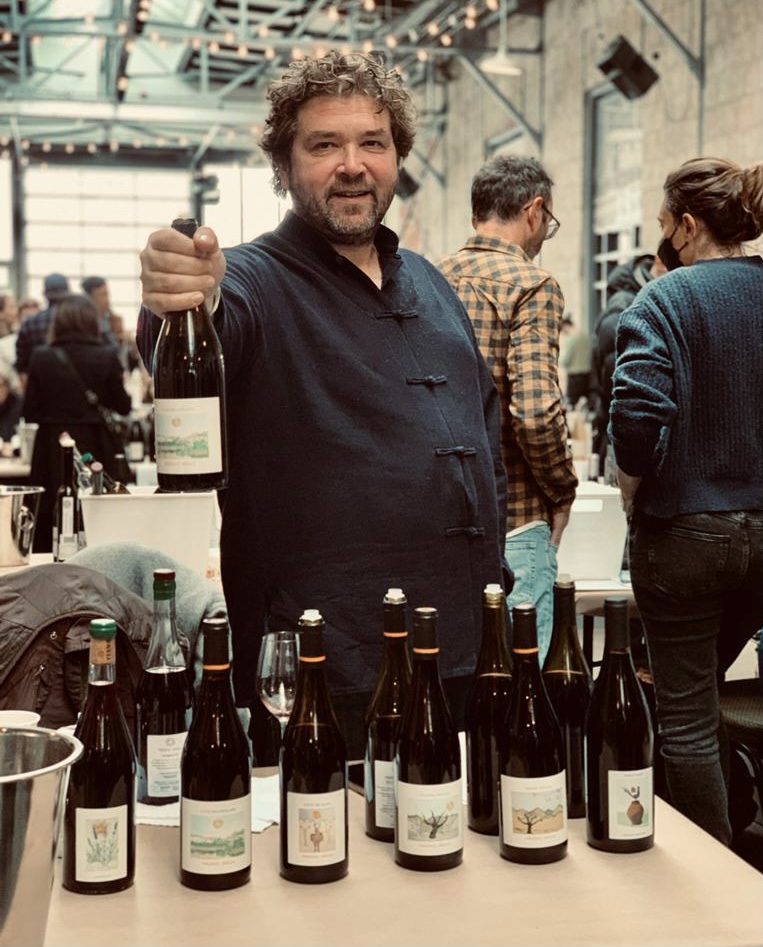
Frederica Brouca and his Languedoc delights, photo courtesy of Nicholas Pearce
The Languedoc is somewhat of a breeding ground of modern natural wines.
“I wanted to make wine in Languedoc because it was affordable to have vineyards here compared to other regions such as Burgundy and Rhone,” said Frédéric Brouca. Self rooted in Faugères, Frédéric produced his first wine in 2013. Today, most of the wines were harvested from his own vineyards, with only 15% of the grapes purchased from trusted growers.
Brouca was one of the pioneers who started making 100% Cinsault wines 10 years ago. “They thought I was nuts,” he said. Fast forward to 2022, his varietal wine made of Cinsault, Samsó Seulle, turned out to be some of the most interesting and unique examples in the region. Also outstanding were the 2021 Foulage Gaulois (Pinot Noir partially aged in amphora) and the 2020 Clos Sauveplane (Monastrell, Syrah), both capturing the essence of the sunny, rugged Languedoc essence.
Hager Matthias, Kamptal, Austria
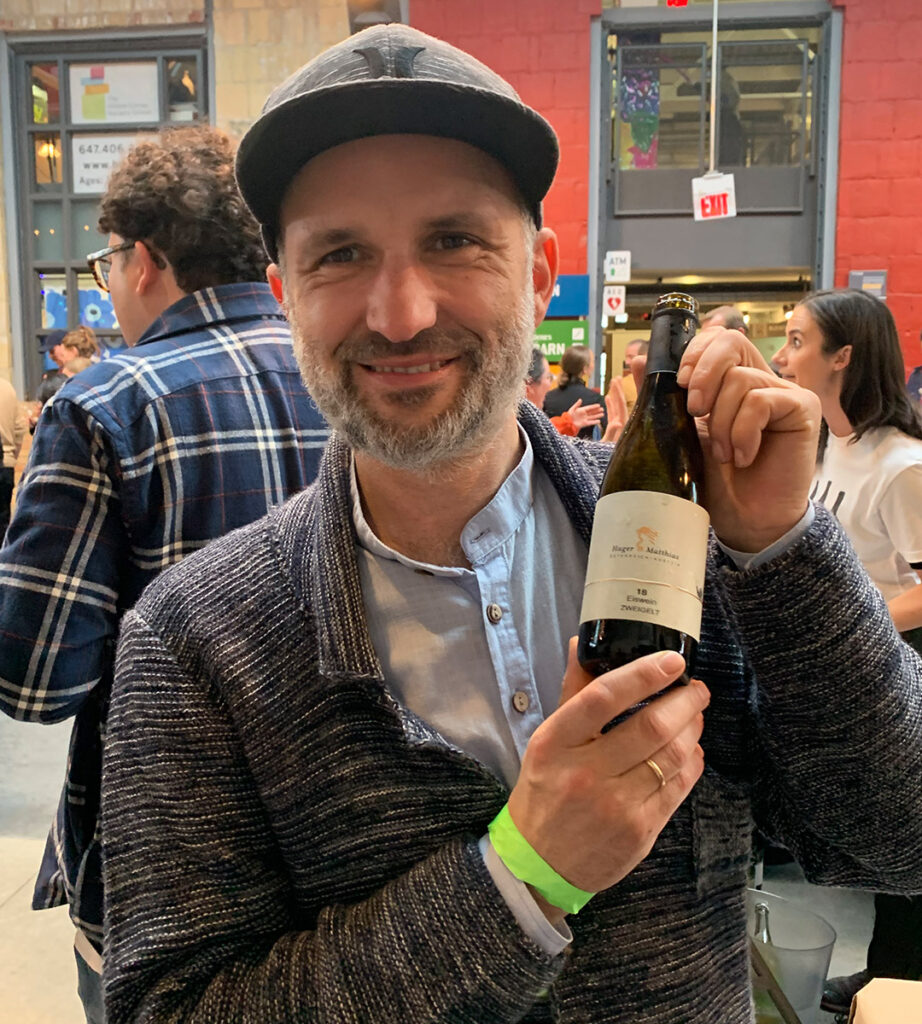
Matthias Hagers holding his very special and very delicious Zweigelt Eiswein.
It is easy to be charmed by Matthias Hager – both his wines and the man himself. What struck me the most about Matthias is his devotion to nature and how capable he is in translating the essence of Mollands into wines that are beautifully textured and concentrated.
All 15ha of his vineyards are cultivated biodynamically and Demeter certified. The myriad of vineyard soils, loess, clay, mica shist, gneiss, has given him the opportunity to produce a diverse range of wines.
Made of 100% Gruner Veltliner grown on limestone, his Pet-Nat was absolutely brilliant. Despite it being a petillant natural, the wine was disgorged to maintain a respectable brilliance. Magnificent fruit weight that sings lemon zest, juicy yellow peach, sage, bracing acidity and a creamy texture.
Another stand-out would be his 2018 Alte Reben Riesling, where 10% of the grapes were fermented on the skins and aged in old wood barrels, resulting in a complex, rich, and mineral sensation.
Arianna Occhipinti, Sicily, Italy
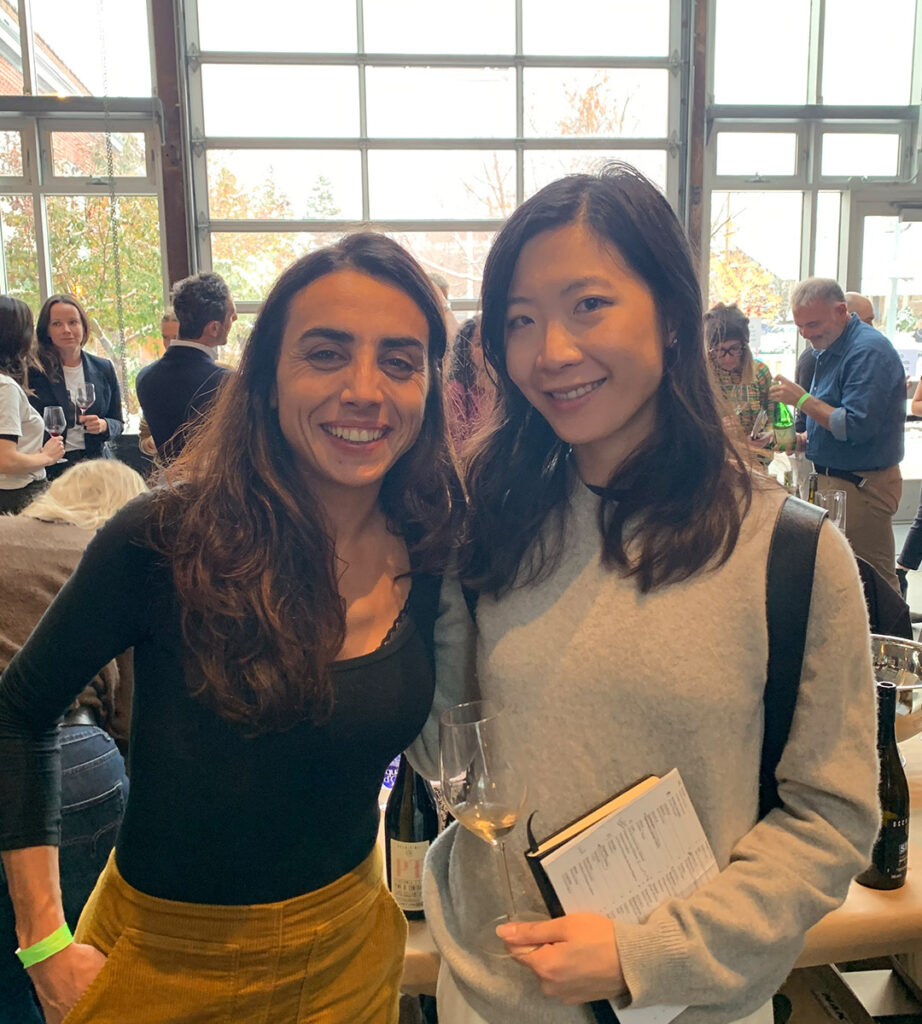
Left: Arianna Occhipinti | Right: Yours Truly
In a room full of natural wine lovers, winemaker rockstar Arianna Occhipinti almost required no introduction. Based in Vittoria in the southern part of Sicily, she has made a name for herself for crafting wines that are elegant and perfumed, using the grapes she is drawn to, with a focus on Frappato and Nero d’Avola. A farmer at heart, and purist too, she respects the sustainable farming approach by using green manure in alternate rows, treatments with only copper and sulfur, and fermentations in concrete tanks with indigenous yeasts, to fully connect to the terroir and the biological diversity. Her less-known white wine made of Grillo was a surprising discovery.
Elios, Sicily, Italy
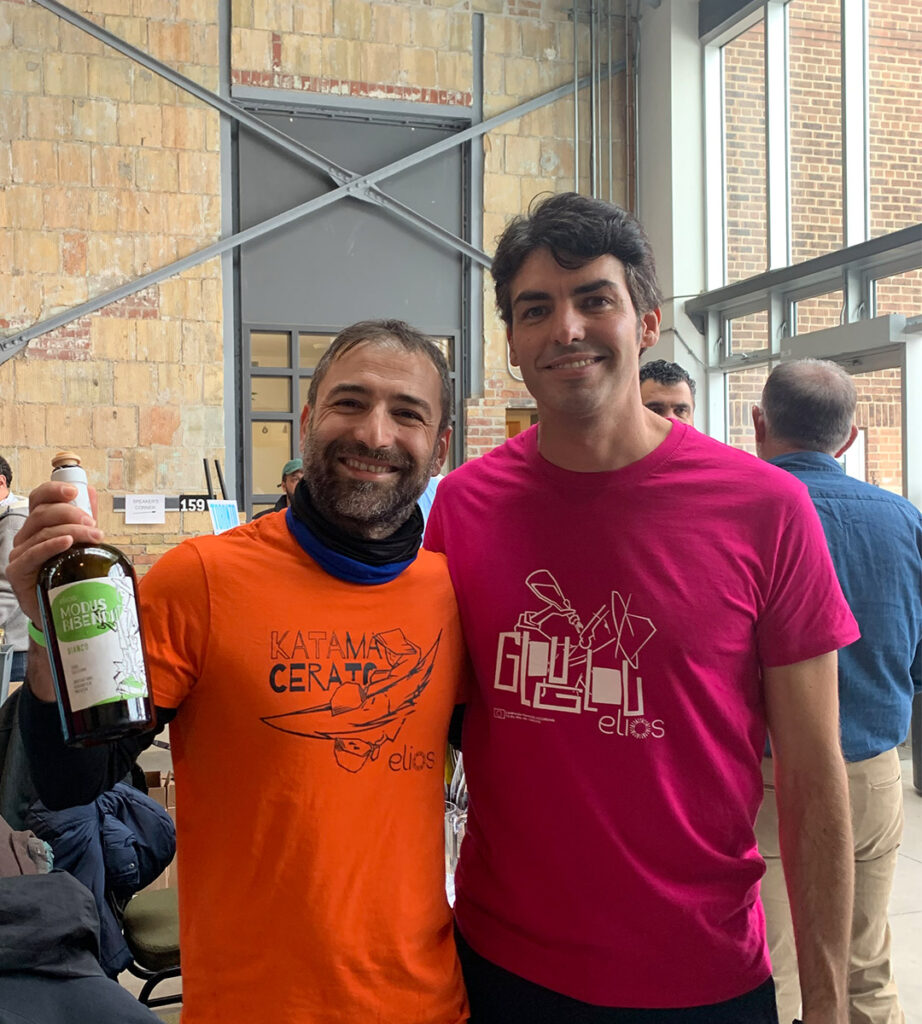
The charming duo from Elios, Nicola Adamo and Guido Grillo.
Moving on to Western Sicily is a relatively new player in the natural wine scene, Elios. Led by two charming gentlemen (and great friends), Guido and Nicola left their consulting jobs in 2015 to start a project of their own, with a focus on giving grapes the dignity they deserve instead of selling them off as bulk wine common in the region.
Elios do not use chemicals in their wine production, but 100% grape juice of native Sicilian grapes and minimal sulphites. To communicate them loudly and clearly, they employ the brightest of colours to make sure their intentions are noticed. A stand out was their Modus Bibendi Rosso made of 100% Nero d’Avola grown on calcareous-clay with bright fruits, lush mouth feel, bracing acidity and balanced structure. A unique wine with a unique profile thanks to a nine-month aging in chestnut wood barrels.
Vinos Gustavo Martinez, Itata Valley, Chile
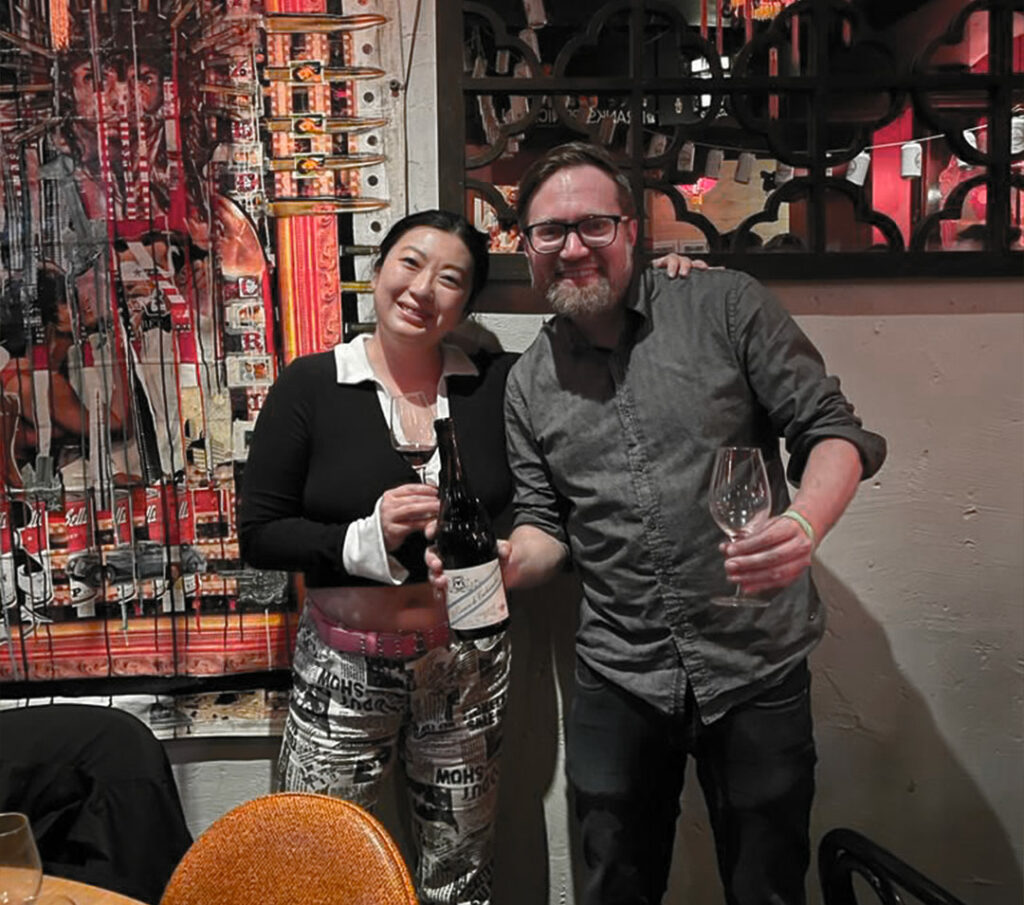
Debbie Shing from Quvé Group with Gustavo Martinez, photo courtesy of Quvé
Not your typical Florida man.
Based in a region in the Itata Valley name Florida, Gustavo Martinez Suazo is been a relatively newcomer to the natural wine scene who has been producing natural wines since 2015. To Gustavo, it is the varietal expressions of the terroir in their purest form that interests him the most. None of his wines are filtered, stabilized, corrected, nor clarified, to respect the grapes from five grower families whom he works with. Starting in 2020, he has aimed as not using any sulphites at all. Worth discovering is Gustavo Martinez’s ‘Waro’ made of 100% Pais. It is harvested from vines that are on average 200 year old. Fresh, fruity, and complex.
Yoigokochi Sake Importers, the Netherlands
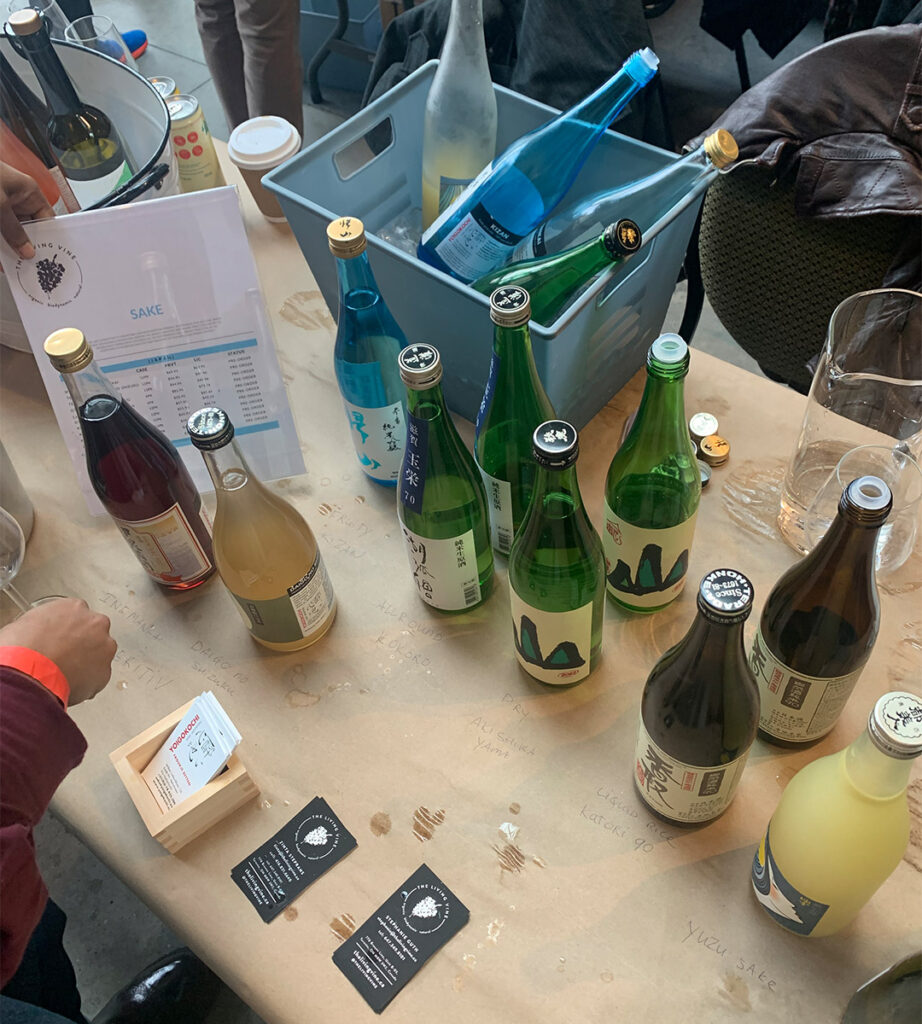
A smorgasbord of sake.
What better way to refresh the palate than a line up of low-intervention sake? Based in the Netherlands, Yoigokochi Sake Importers is the world’s first sake importing company to deal strictly with natural junmaishu, boasting a truly diverse portfolio of more than 40 producers in Japan that they sell in Europe and North America.
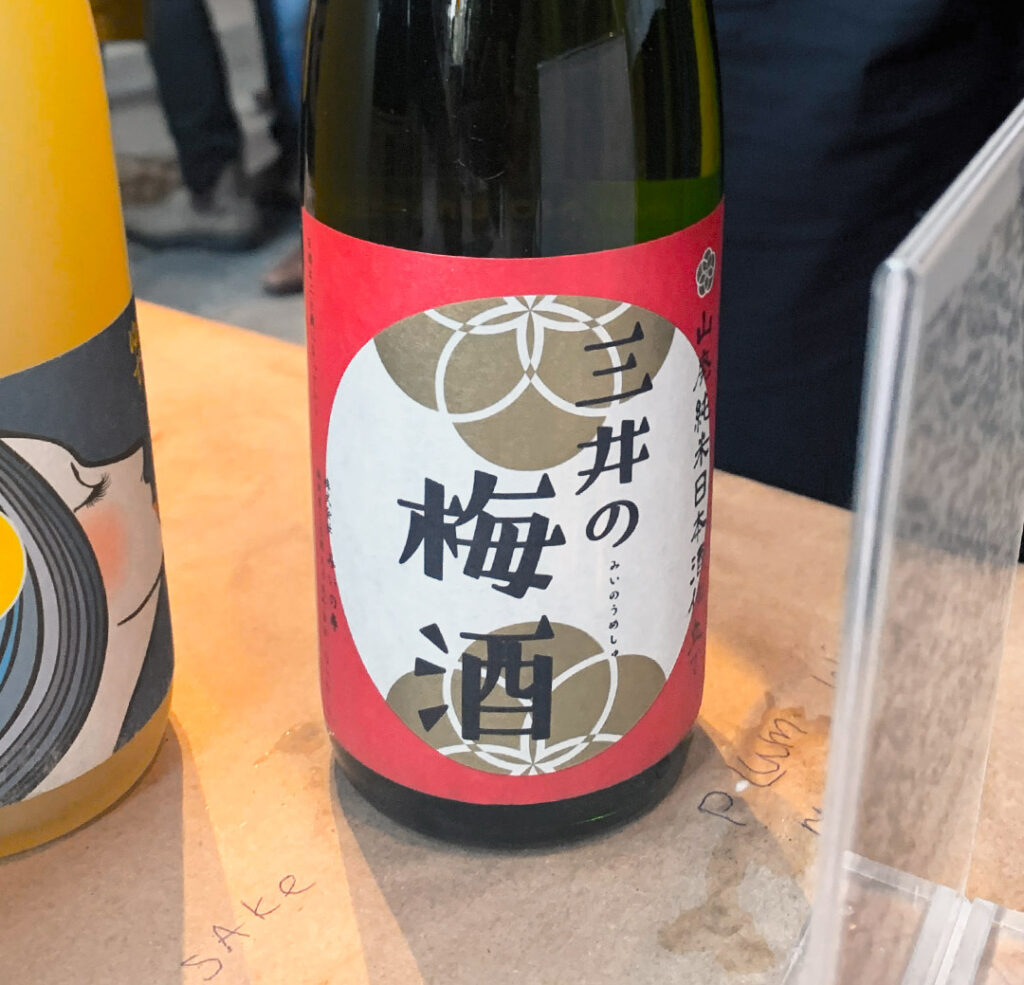
Mii no Umeshu (Plum Sake)
The star of this line up was the plum wine, their Mii no Umeshu. It is a combination of Japanese plum juice (Ume) and Sake Junmai. Incredibly fresh with pure notes of ripe plum, ground almonds, and cantaloupe, with an unexpected low 10% alcohol.
A big congratulations to Isabelle Legeron, Paola Marazzina, RAW Wine, and agents for a successful fair. We look forward to seeing it expand into a multi-day event next year.
For more information on RAW Wine, click here.

